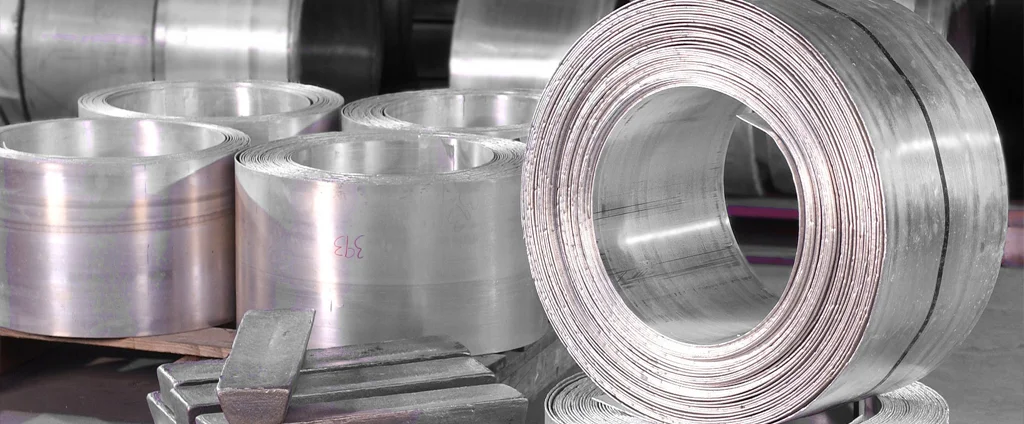Magnesium Elektron ZK60A (UNS M16600)

Magnesium Elektron ZK60A is a heat-treatable magnesium alloy that contains zinc and zirconium. Renowned for its excellent strength-to-weight ratio, ductility, and corrosion resistance, it is frequently employed in demanding applications across aerospace, automotive, and defense sectors where lightweight, durable materials are essential.
| Chemical Composition | ||
|---|---|---|
| Element | Min | Max |
| Magnesium | 93.80% | 94.75% |
| Zinc | 4.8% | 6.2% |
| Zirconium | 0.45% | —— |
The following table provides a list of magnesium Elektron ZK60A properties in both SI and US customary/Imperial units.
Click on the button to switch between Metric and Imperial units.
| Physical Properties | Metric |
|---|---|
| Density | 1830 kg/m3 |
| Mechanical Properties | Metric |
| Tensile Strength (Ultimate) | ≥ 290 MPa |
| Tensile Strength (Yield) | ≥ 180 MPa |
| Compressive Strength (Yield) | 160 MPa |
| Bearing Strength (Ultimate) | 420 MPa |
| Bearing Strength (Yield) | 285 MPa |
| Fatigue Strength # of Cycles 1.0e+7 | 122 MPa |
| Shear Strength | 165 MPa |
| Young’s Modulus (E) | 45 GPa |
| Elongation at Break | ≥ 3% |
| Poisson’s Ratio (ν) | 0.35 |
| Thermal Properties | Metric |
| Melting Point | 520 - 635 °C |
| Solidus | 520 °C |
| Liquidus | 635 °C |
| Thermal Conductivity | 121 W/m·K |
| Specific Heat Capacity (Cp) | 1100 J/kg·K |
| Coefficient of Thermal Expansion (αL) | 27.1 1/°C |
| Electrical Properties | Metric |
| Electrical Resistivity | 5.70×10-6 Ω·cm |
The values in this table are approximate and can vary depending on various factors such as the specific manufacturing process and heat treatment applied to the alloy.
Advantages & Disadvantages of Magnesium Elektron ZK60A
| Advantages | Disadvantages |
|---|---|
| High strength-to-weight ratio | Susceptible to corrosion |
| Good castability | Higher cost |
| Good creep resistance | Limited temperature range |
| Good machinability |
Applications of Magnesium Elektron ZK60A
Elektron ZK60A is used in various industries where lightweight performance and mechanical strength are critical, including:
- Aerospace: Used in applications that require lightweight materials with high strength, including aircraft seats, brackets, engine parts, helicopter transmissions, and structural components.
- Automotive: Utilized in applications where weight reduction is essential, such as engine blocks, transmission cases, steering components, and wheels.
- Defense: Employed in military vehicles, aircraft structures, and ballistic protection systems due to its lightweight and high-strength characteristics.
- General engineering: Found in machine components, sporting goods, and consumer electronics across various engineering applications.
